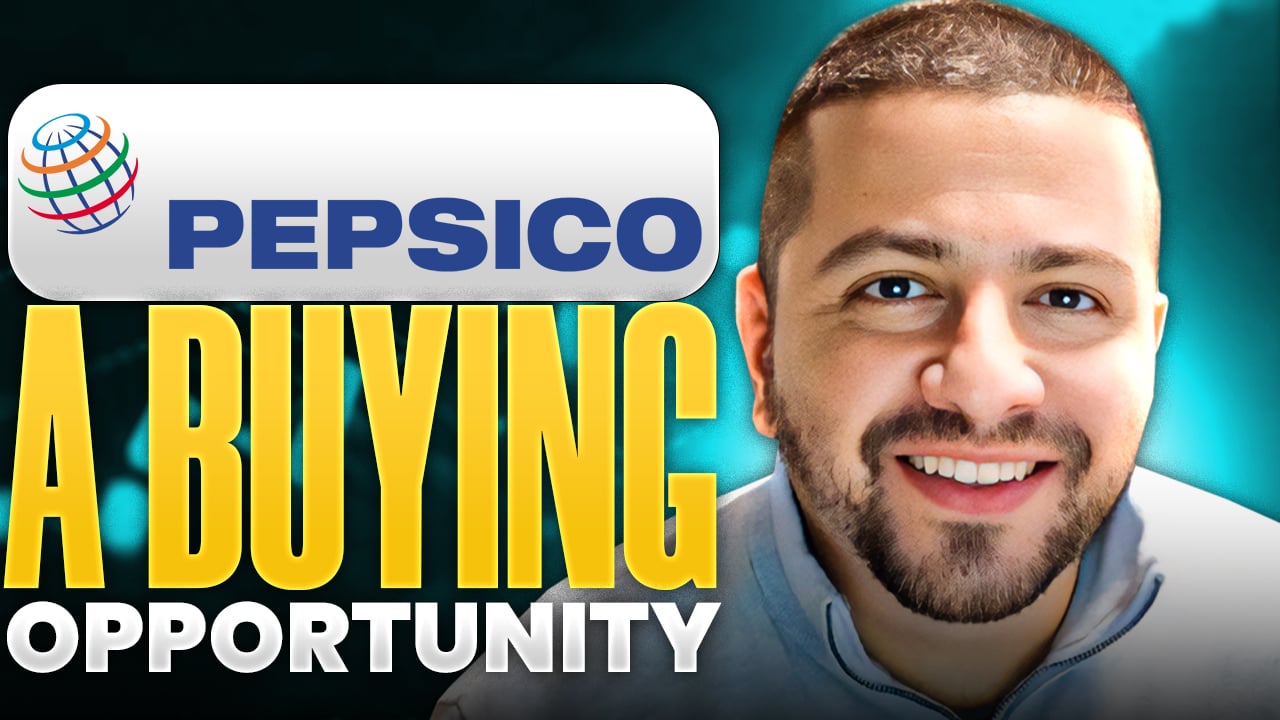
"Pepsi With Lime" image by Michael Fletcher under Creative Commons license.
PepsiCo (PEP +0.39%) on Wednesday reported fourth-quarter 2014 earnings of $0.87 per share, versus $1.12 in the prior-year quarter, as a strong U.S. dollar crimped the global multinational's results. The company posted net income of $1.3 billion, versus $1.7 billion a year ago, on virtually unchanged revenue of $20 billion. PepsiCo reported that when excluding foreign currency adjustments, revenue grew 6% during the quarter.
In the fourth quarter, and indeed for the entire year, PepsiCo's results were aided by solid performance in its U.S.-based snacks business, Frito-Lay North America, or FLNA. At $14.5 billion in annual revenue, FLNA enjoys holding the company's second-largest division. During the fourth quarter, FLNA reported a 3% year-over-year increase in sales, to $4.4 billion, along with a 6% bump in operating profit to $1.2 billion.
PepsiCo's largest division, PepsiCo Americas Beverages, or PAB, increased revenue by a modest 1%, recording $6 billion in sales, while operating profit improved 4% to $691 million.

A flavor pairing gone mainstream. Cupcake image by Dana McMahan under Creative Commons license.
It's important for PepsiCo's management team to continue to show improving results in these two divisions, which together account for 54% of annual revenue and 66% of operating profit before corporate overhead. Activist investor Nelson Peltz has argued for some time that PepsiCo should spin off Frito-Lay North America, to allow both the beverages and snacks businesses to operate to their full potential, thus (theoretically) returning optimal value to shareholders.
PepsiCo's management team has responded by emphasizing the opportunities to promote its branded snacks and beverages together in a retail environment. Last year, CEO Indra Nooyi remarked that over 60% of U.S. households that bought Mountain Dew also purchased Doritos. PepsiCo has capitalized on this "co-incidence" purchasing to great effect, by promoting logical snack/drink combinations such as Lay's potato chips with Pepsi and Quaker Oats snacks with Tropicana fruit juices.
Management isn't only out to convince shareholders of the positive snacks and drink synergy, it is also persuading grocery and convenience stores -- the lifeblood of PepsiCo's business -- that co-promotion lifts them as well. Below is a detail from a larger infographic the company released Wednesday morning in conjunction with its earnings report:

Source: PepsiCo.
The bubble on the left, which proclaims that PepsiCo was the largest driver of U.S.retail sales growth last year, probably surprises many. This assertion is based on 2014 household shopper data compiled by market research firm IRI. If you've ever noticed one of the staggering floor displays of cases of Mountain Dew and colorful bags of Doritos in your local grocery store or 7-Eleven, you can understand the draw to a retailer of featuring a two-in-one craving fix close to the entrance.
As a recent Fortune article outlined, PepsiCo is indeed rising in importance to the retail industry. Big-box grocers including Wal-Mart (WMT +1.30%) and Costco (COST +1.10%) are quite interested in PepsiCo's ability to help them lure customers to their stores via co-incidence purchasing. Expect management's shrewd and dogged pursuit of this strategy to continue in 2015.
A future revenue driver in disguise
PepsiCo shareholders should be aware of one area of dynamic tension in the fourth-quarter filing. The Latin American Foods division, or LAF, recorded essentially flat revenue of $2.8 billion, and a 20% drop in profit to $329 million. Earnings were affected by a remeasurement of Venezuelan assets due to rampant inflation in that country.
Interestingly, LAF's organic revenue increased by 11%, mostly due to higher pricing. At the moment, the effect of U.S. dollar strength in Latin America is exacerbated by high inflation in countries such as Venezuela and Argentina. PepsiCo has met the challenge in this region by raising prices in tandem with inflation. Of that 11% organic revenue increase, 13% was due to price adjustments, offset by a 2% volume decline.
When measured in U.S. dollars, of course, revenue barely budged. But we can infer that Latin American consumers are still buying the discretionary snacks and beverages PepsiCo dangles before them even as the goods cost more out of pocket.
In essence, LAF's recent results might mask what is essentially strong demand among consumers. As inflation stabilizes, and the dollar's recent rampage against international currencies subsides, this division could see resilient growth from volume increases in the near future.
A credible quarter
While the surging greenback impacted PepsiCo's results, shareholders should be satisfied with both the quarterly and total-year numbers. The company announced this morning that it would increase its annualized dividend by 7.3%, to $2.81 per share. At the current share price, this equates to a 2.5% yield. Alongside this attractive payout, stable operating profit and revenue growth potential continue to present PepsiCo as a solid choice in many an investor's portfolio.








